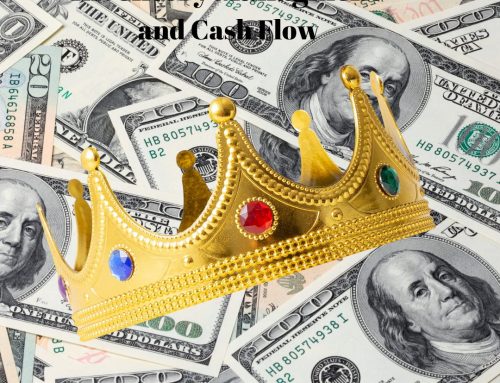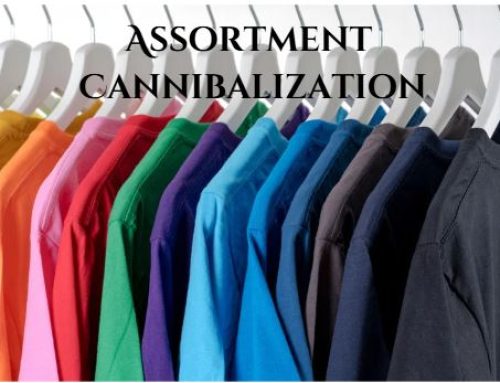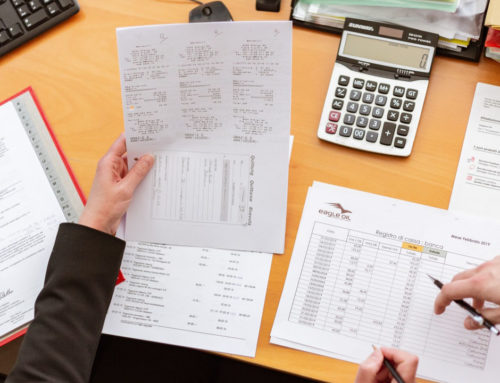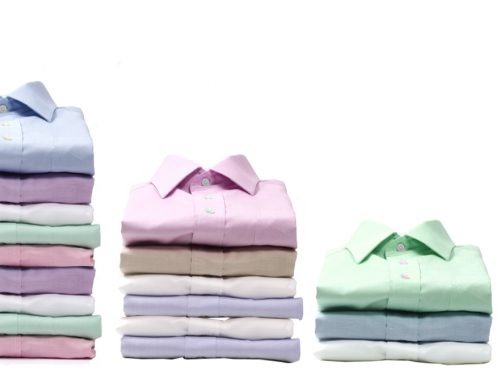What is Demand Forecasting in Retail?
Demand Forecasting uses past data to predict future trends. It’s also called demand planning or sales forecasting. Retailers rely on demand forecasting to plan inventory and budgets. Planners and buyers predict trends for weeks, months, or years ahead. Forecasting helps determine the budget and open-to-buy decisions.
Why is Demand Forecasting Important?
Accurate forecasting improves planning, boosts inventory management, and enhances customer satisfaction. It ensures products are available when and where needed.
Too much stock increases costs and reduces Gross Margin. Too little stock leads to lost sales and unhappy customers. Strong forecasts help businesses manage inventory, cash flow, and growth effectively.
Choosing the Right Forecasting Method
No single forecasting method works for all products. The best method depends on past performance, seasonality, and variability. Businesses use both quantitative and qualitative methods based on product type.
Basic vs. Fashion Products
Stable products (e.g., Basics) benefit from quantitative forecasting using historical data. Fashion items require qualitative insights from buyers.
Forecasting methods may change throughout a product’s lifecycle. Pre-season and in-season planning may use different techniques.
Factors Affecting Forecast Accuracy
Forecast accuracy depends on data quality. Recent data improves precision, while older data may be less reliable.
Complete datasets yield better results. SKU-level forecasts may lack sales data for all styles, colors, and sizes. Aggregated forecasts (e.g., “Men’s Short Sleeve Polos”) provide more accuracy.
Forecasting vs. Merchandise Planning
Forecasting predicts demand using statistical models. Merchandise planning determines how to respond to that forecast.
Forecasts guide business decisions but aren’t always 100% accurate. Merchandise planning balances demand forecasts with inventory investments and fulfillment.























